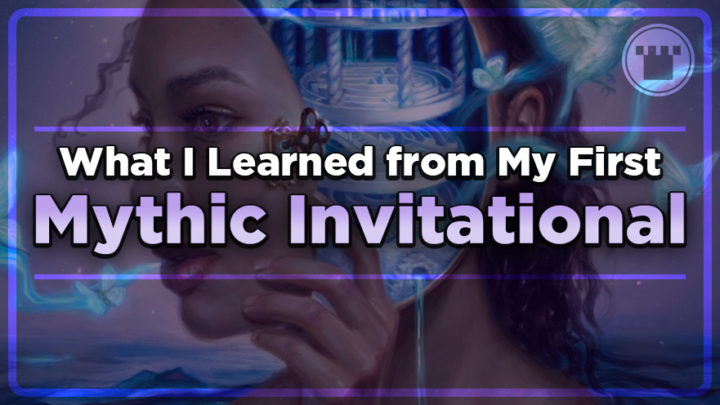I’ve been playing Magic for over eight years now, and increasingly competitively for the last six. From Game Days to GP’s to PTQ’s, I’m really proud to say that my results have improved consistently over that time. But that all-important Pro Tour invite has always eluded me. Sure, there were some close calls — 12-3’s at Grand Prix, Top 16’s of RPTQ’s, even a WMCQ Top 4 that would have qualified me for a World Magic Cup! With the advent of Mythic Championships, Regional Player’s Tours, and now Set Championships, I thought my Pro Tour dream was dead.
That might be one of the reasons I wanted so badly to prove myself at the Mythic Invitational. When Wizards reached out to offer me a spot at the Invitational, I was over the moon. Finally, I would have an opportunity to compete on the world’s largest stage. But as COVID-19 led to large event cancellations and Wizards postponed the Mythic Invitational, I resigned myself that I might never attend an event like this.
I’m very lucky that Wizards found a way to continue to run the Mythic Invitational tournament, albeit in a much different way than I originally anticipated. What was once an in-person affair from the studios in Long Beach became a tournament that I could play in my pajamas. And while I credit Wizards for working within the new constraints of our post-COVID world, I was disappointed to have to spend my first premier tournament — one that I had been waiting for and dreaming of for so long — all alone, sitting at the same computer desk I use to do my 9-to-5 job. But I’m not one to look a gift horse in the mouth, and I committed to putting in the same level of dedication as I would if I were playing on a big stage.

The Testing Process
I’m not going to lie, my testing process started with throwing a lot of proverbial spaghetti at the walls. I built every deck I could find on MTGGoldfish and scoured Twitter and MTGMelee tournament results for new tech and interesting interactions. I was lucky enough to have a few friends that I could rely on for testing, and together we assembled a gauntlet of the usual suspects we anticipated playing against throughout the course of the tournament. Sultai was the most popular deck as we started testing, followed by Black-Red Kroxa, Mono-Red, Jund Sacrifice (with Citadel, with Jegantha, or with Collected Company), the new-to-the-scene Mono-Black God-Pharaoh’s Gift, and of course, Goblins.
Running through all these decks, nothing felt particularly broken in a way that sideboard cards couldn’t address. Graveyard hate for Black-Red Kroxa and Mono-Black God-Pharaoh’s Gift; sweepers for Mono-Red, Jund Sacrifice and Goblins; Grafdigger’s Cage and counterspells for anything too unfair.
With all of this spinning around in my head, fellow Card Kingdom writer Felix Sloo posted a couple interesting decklists to Twitter:
The Temur list looked particularly my speed. All it took was jamming a couple of games, and I was in love. The deck felt like it could answer every problem in the meta. Anger of the Gods and Scavenging Ooze were particularly effective against everything from Jund and Rakdos to Mono-Black and Mono-Red, and counterspells lined up perfectly with opposing Nissas and Ugins. Large, hasty threats helped close games quickly, and every creature was a must-answer bomb that could win a game on its own if left unanswered.
After a lot of testing, finessing, and fine-tuning, I ended up with a list and sideboard plan that had a good match-up against almost all of the major decks in the metagame — except Goblins. Unfortunately, many others identified Goblins as a powerhouse within Historic, and it was revealed after deck submission that Goblins would make up a whopping 34% of the metagame.
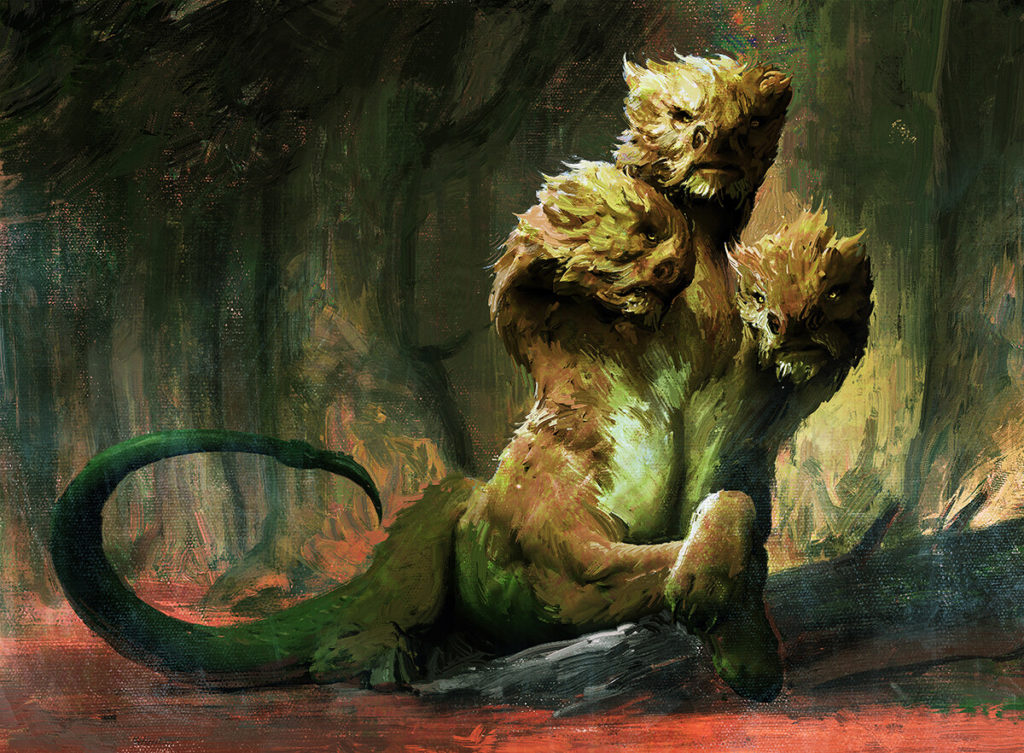
Mythic Invitational Temur Midrange – Chantelle Campbell
Deck
4 Bonecrusher Giant
2 Champion of Wits
2 Elder Gargaroth
3 Glorybringer
2 Klothys, God of Destiny
4 Llanowar Elves
3 Questing Beast
2 Rekindling Phoenix
4 Scavenging Ooze
3 Uro, Titan of Nature’s Wrath
4 Breeding Pool
4 Fabled Passage
2 Forest
2 Hinterland Harbor
1 Island
4 Ketria Triome
2 Mountain
4 Rootbound Crag
4 Stomping Ground
Sideboard
2 Grafdigger’s Cage
4 Garruk’s Harbinger
4 Anger of the Gods
2 Mystical Dispute
3 Disdainful Stroke
I won’t sugarcoat it: testing without a formal testing team and not working with anyone else in the event was a very isolating and stressful process. It’s easy to feel like an outsider looking in at the professionals, and events like these are more challenging when you don’t have as much time and expertise as the other competitors. Compounding this was my personal desire to prove myself. This was my first premier event, and I did not earn my invitation through a qualifying win, but instead through my work in the community and content creation. I’ve spoken before about the mantle effect and the pressure that women and other marginalized people put on ourselves to succeed, and I felt the full weight of that mantle on my shoulders.
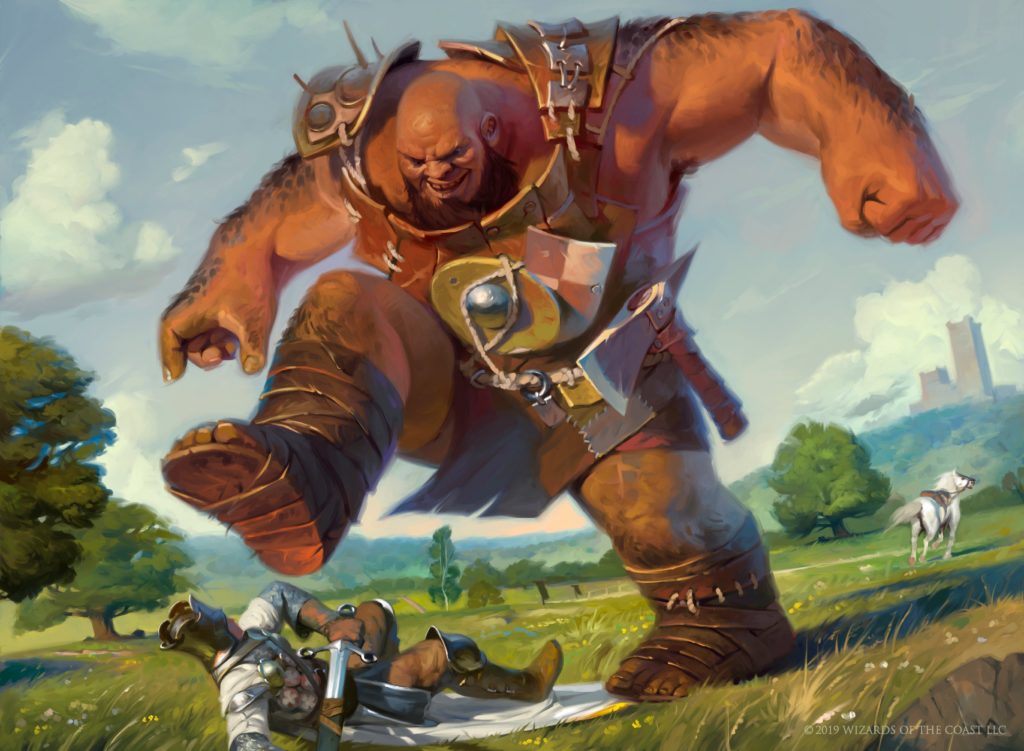
Tournament Day
After a week full of last-minute testing and restless nights, tournament day finally arrived. I did my best to make it feel like I was rolling into a venue, including putting on my best Gamer outfit and taking an early morning drive to Tim Horton’s for breakfast. The pre-tournament jitters still struck just like old times, as I waited for the tournament pairings and the Discord announcement that we could begin. Luckily for me, my first round was against Mono-Black God-Pharaoh’s Gift, a good match-up! As anticipated, Anger of the Gods did work out of the sideboard, and I was able to win my first match.
Unfortunately, the high didn’t last very long. I ran into a spicy Mono-Green Planeswalkers deck that I had not prepared for, then Eric Froehlich on Mono-Red Goblins (which made a mockery of my Grafdigger’s Cages and Anger of the Gods.) At 1-2, I was then paired up against Ondrej Strasky on Jund Collected Company, which I felt — and still feel — is a decent match-up for my deck. With the games tied up and the match going to game three, I was in a comfortable position when Ondrej successively pulled the two lands off of the top that he needed to Collected Company. He hit a Mayhem Devil and a Priest of Forgotten Gods that proceeded to whittle my life total from 11 to 0 over two turns. It was a perfect sequence of events from Ondrej, but meant that, at 1-3, my back was against the wall. This situation underscored how well professional players play to their outs, setting up their earlier turns to reap the benefits of future draws in the face of unfavorable odds.
Unfortunately for my meta-deck, the 1-3 bracket is not always where you’ll find the match-ups that you’re hoping to prey upon. This was the case for me, as I found myself facing Bant Control in Round 5. With no hard removal and ineffective Garruk’s Harbingers in the board, my deck struggled against the board wipes and opposing Uros. Just like that, the tournament that I had stressed, fretted, and cried over was at an end.

If I Could Do It All Over Again
Despite the results, I’m quite happy with my janky brew and the process I undertook to come to it. If I could go back to the start of my testing, there are three things I would likely do differently:
- Don’t be afraid to ask other qualified individuals to test and prepare together.
The worst they could say is no, and being able to work with other people preparing for the same tournament would have helped with the pressure I was putting on myself and the feelings of isolation. - Don’t discount decks just because they have a linear game plan.
It seemed like Goblins would fold easily to sideboard cards, but Muxus, Goblin Grandee doesn’t care about your best laid plans. - Remember that this is just another tournament.
Yes, being invited to the Mythic Invitational is an honor, but I had been treating it as my one shot at success. It was heartbreaking to not make my goal of day two, and it’s taken me days of reflection to even recognize how many hopes I had been hanging on my own success.
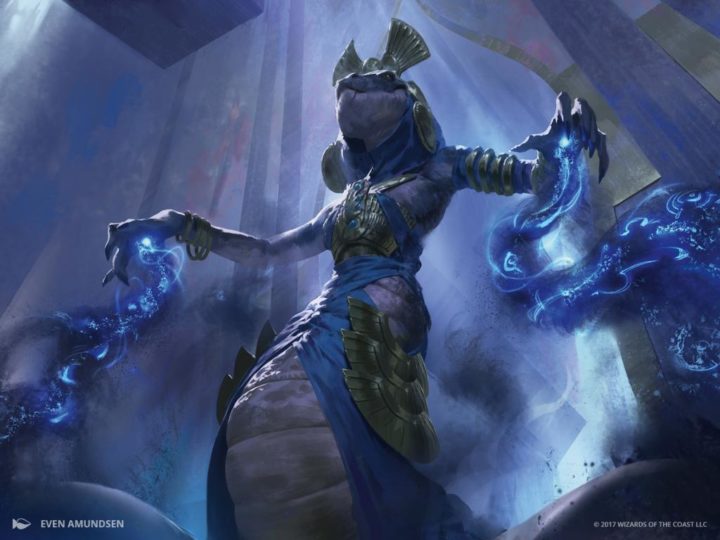
In Conclusion
My road to the Mythic Invitational was full of ups and downs, but I know that there will be more tournaments in my future, and that I’ll be able to apply what I learned. Playing against the best players in the world is always an opportunity to learn, grow and reflect, and there’s a reason that many players chase those skill-testing games. Plus, I came out of it with a very fun deck that I would definitely recommend to players looking for something fun and new in Historic — as long as they don’t expect to face too many Goblins!
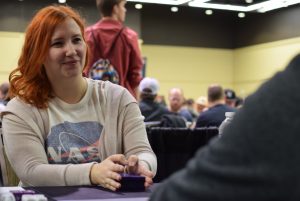
A Spike at heart, Chantelle spends her free time prepping for tournaments, working toward the ever-elusive Mythic Championship, and championing other competitive ladies. She’s a combo aficionado and seasoned aggro deck player, and Standard and Modern are her preferred formats. Growing and improving as a player, both technically and in her mental game, are of the utmost importance to her.

